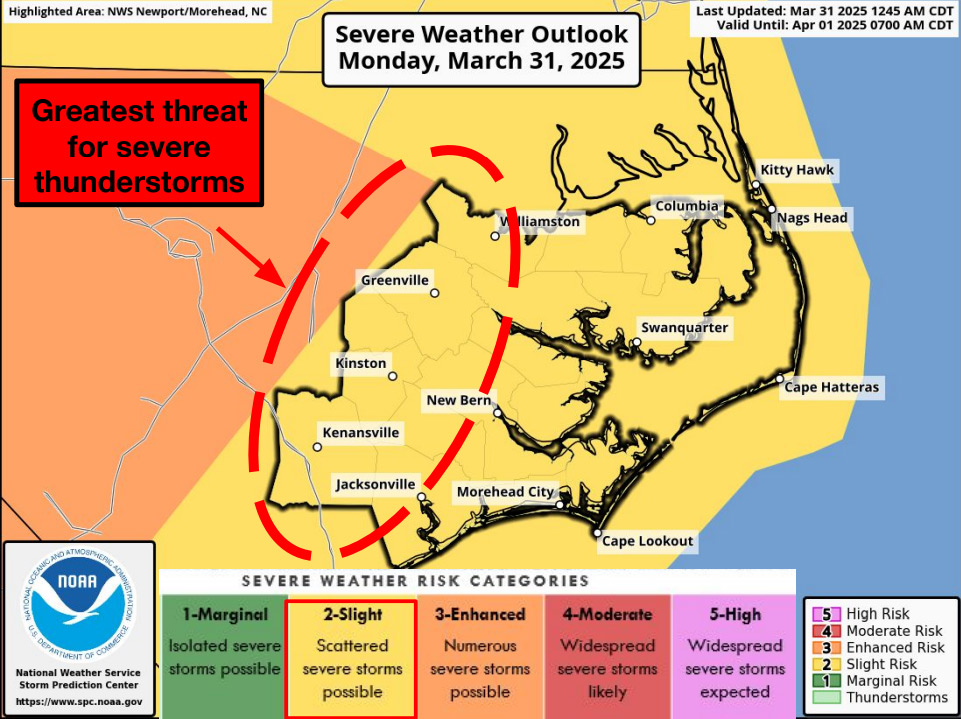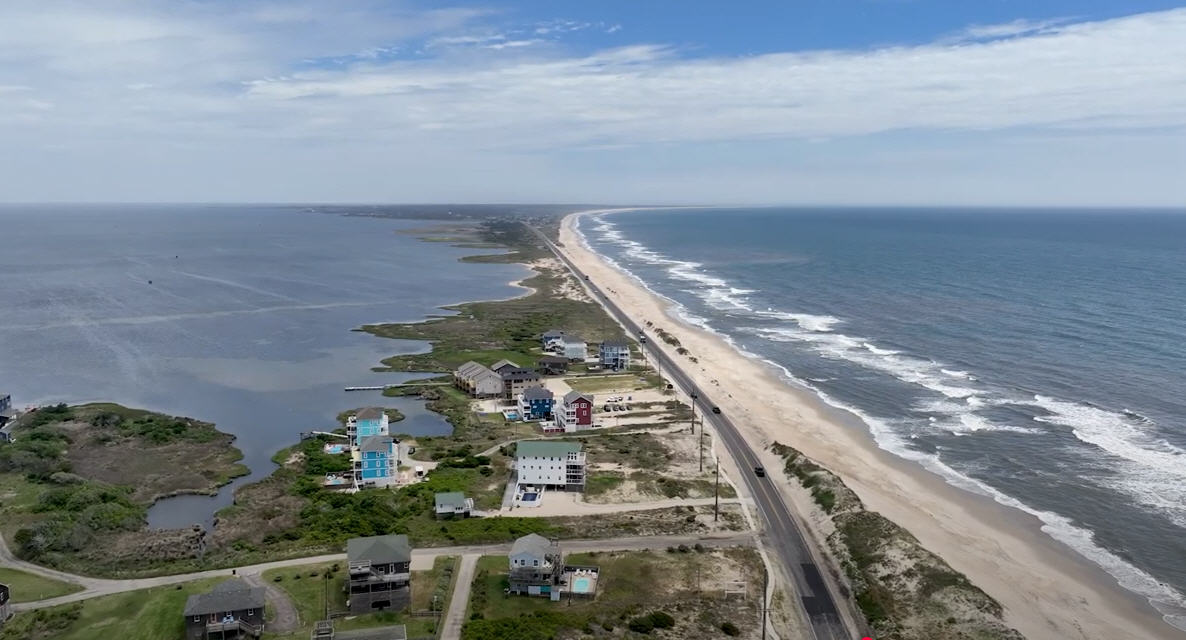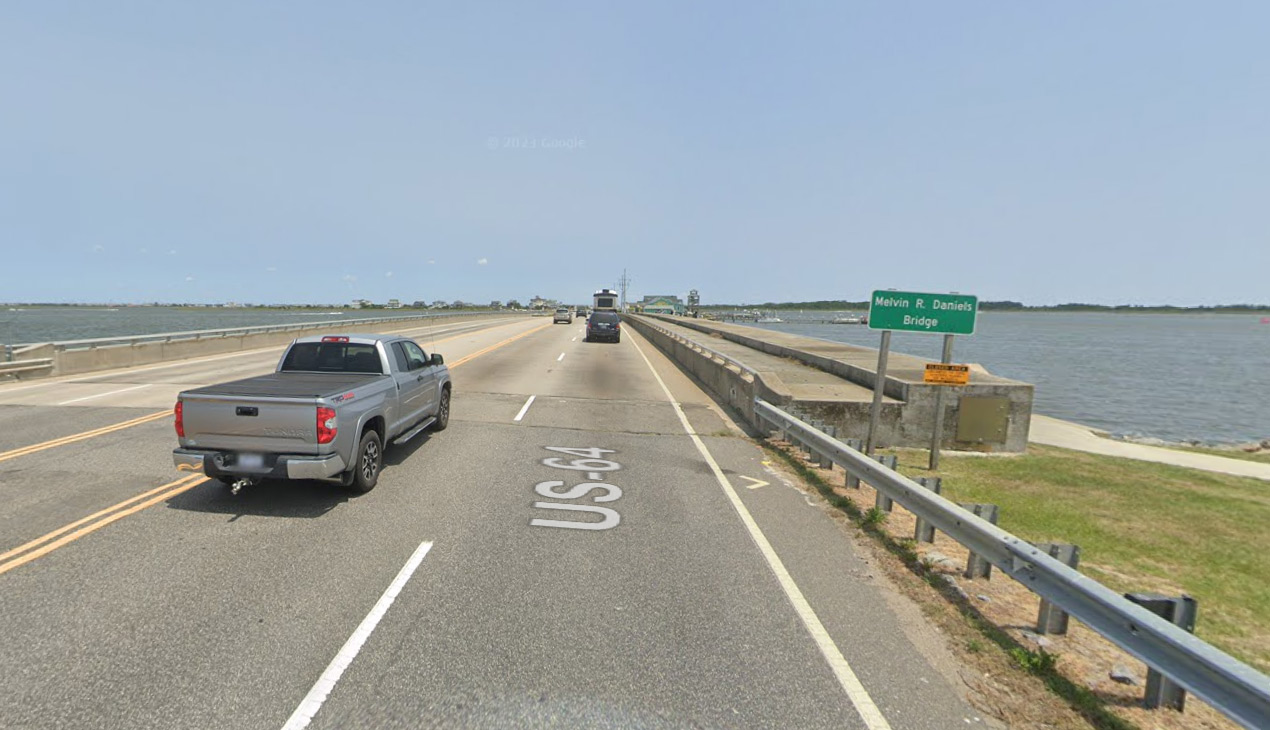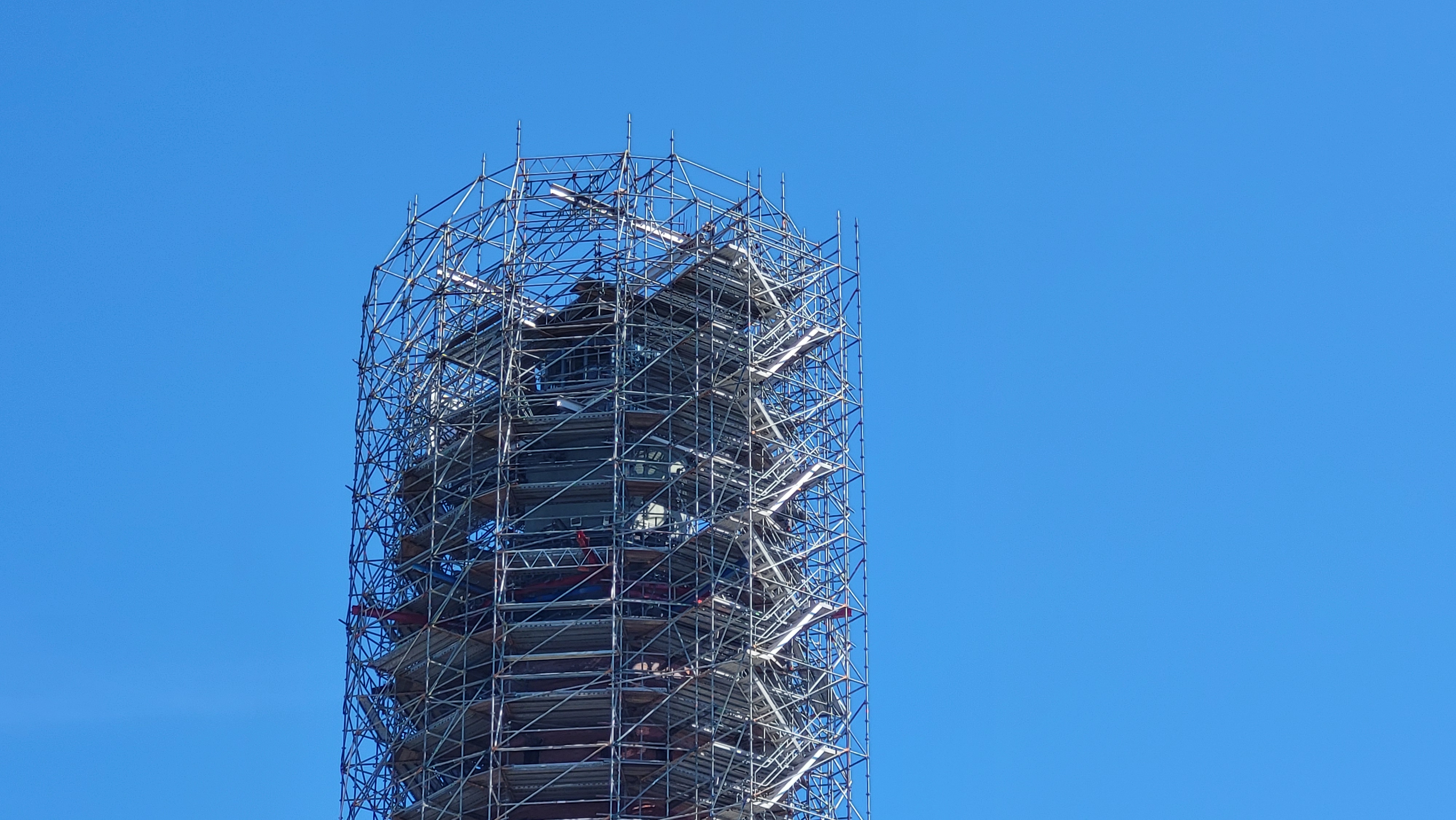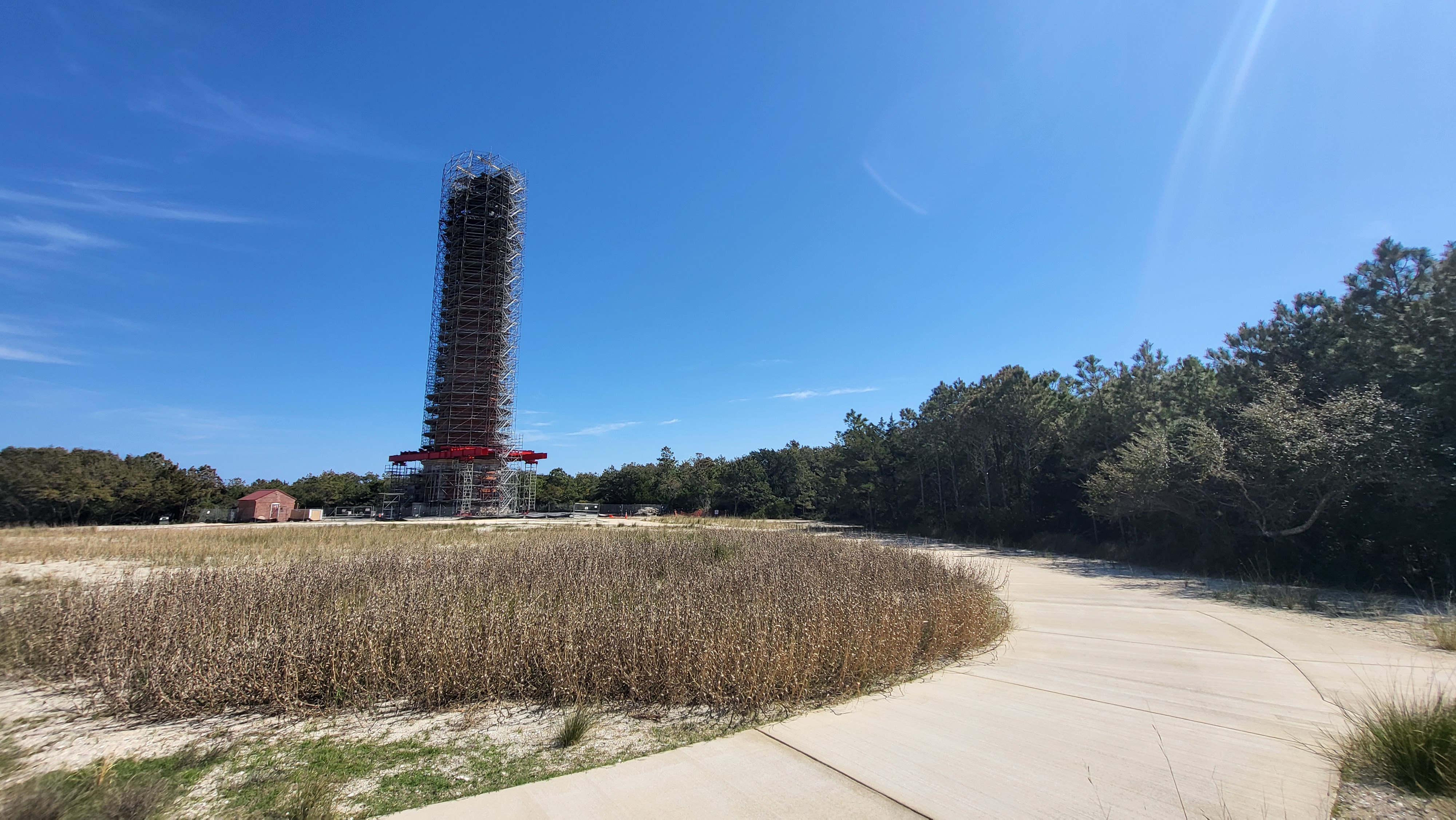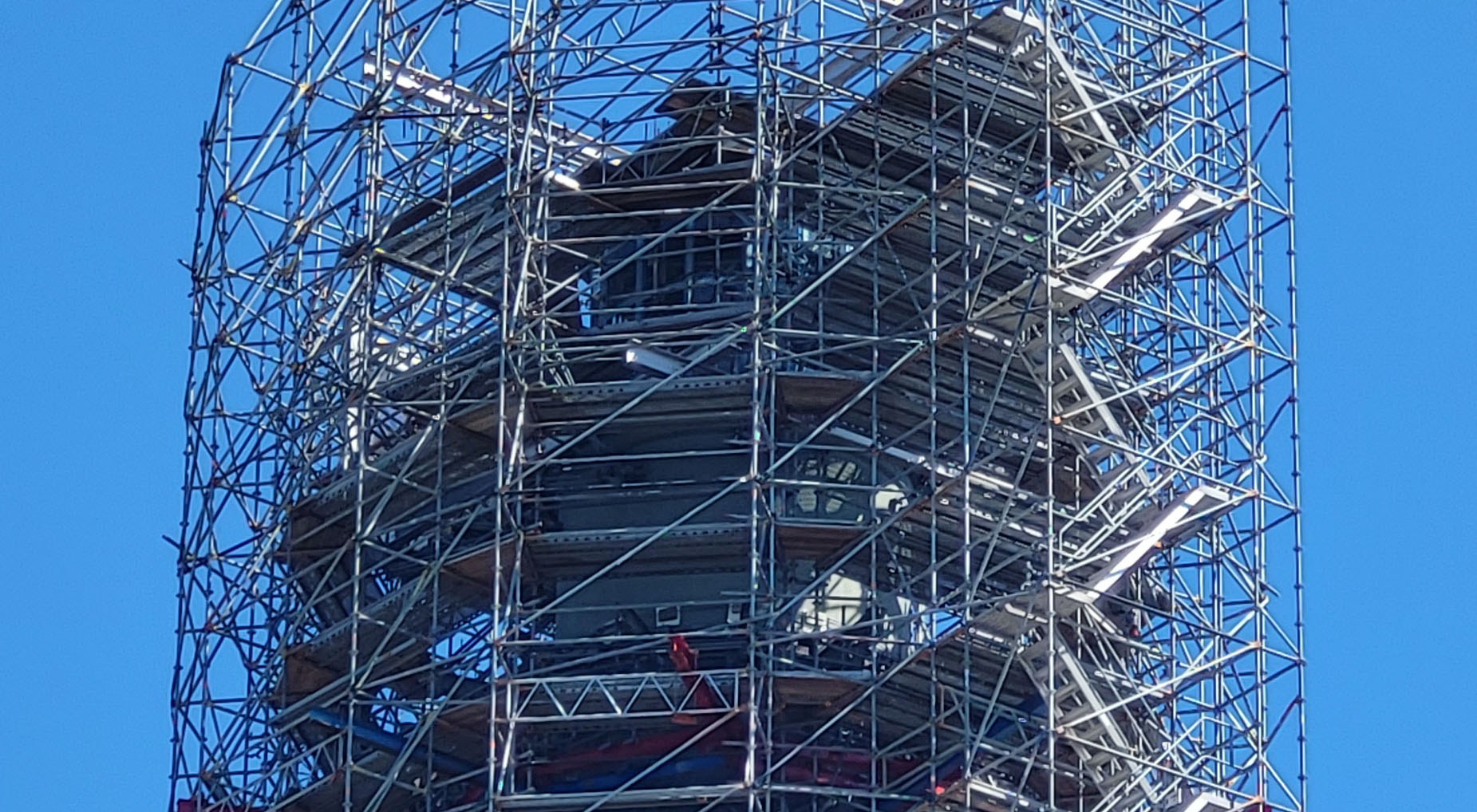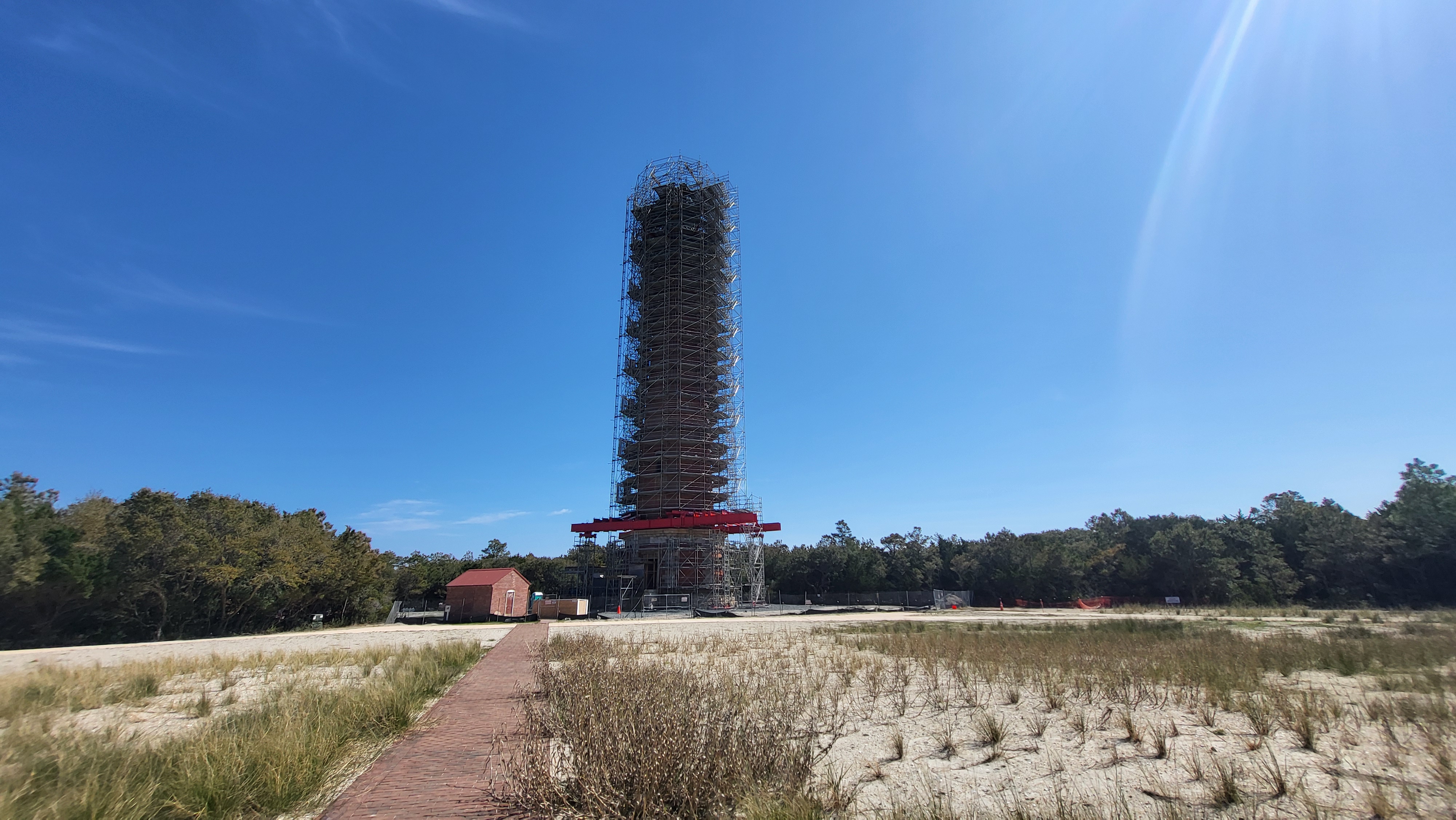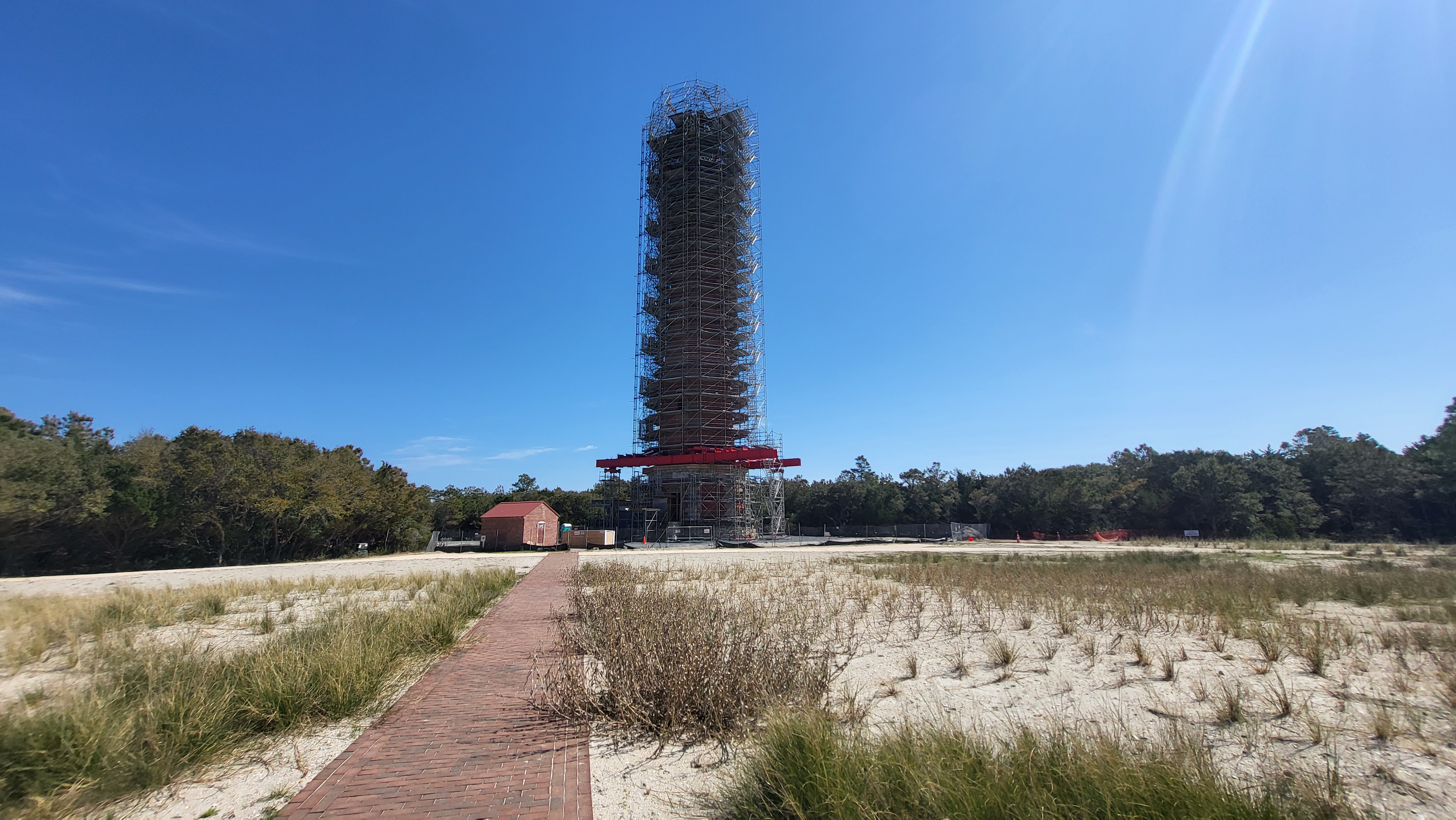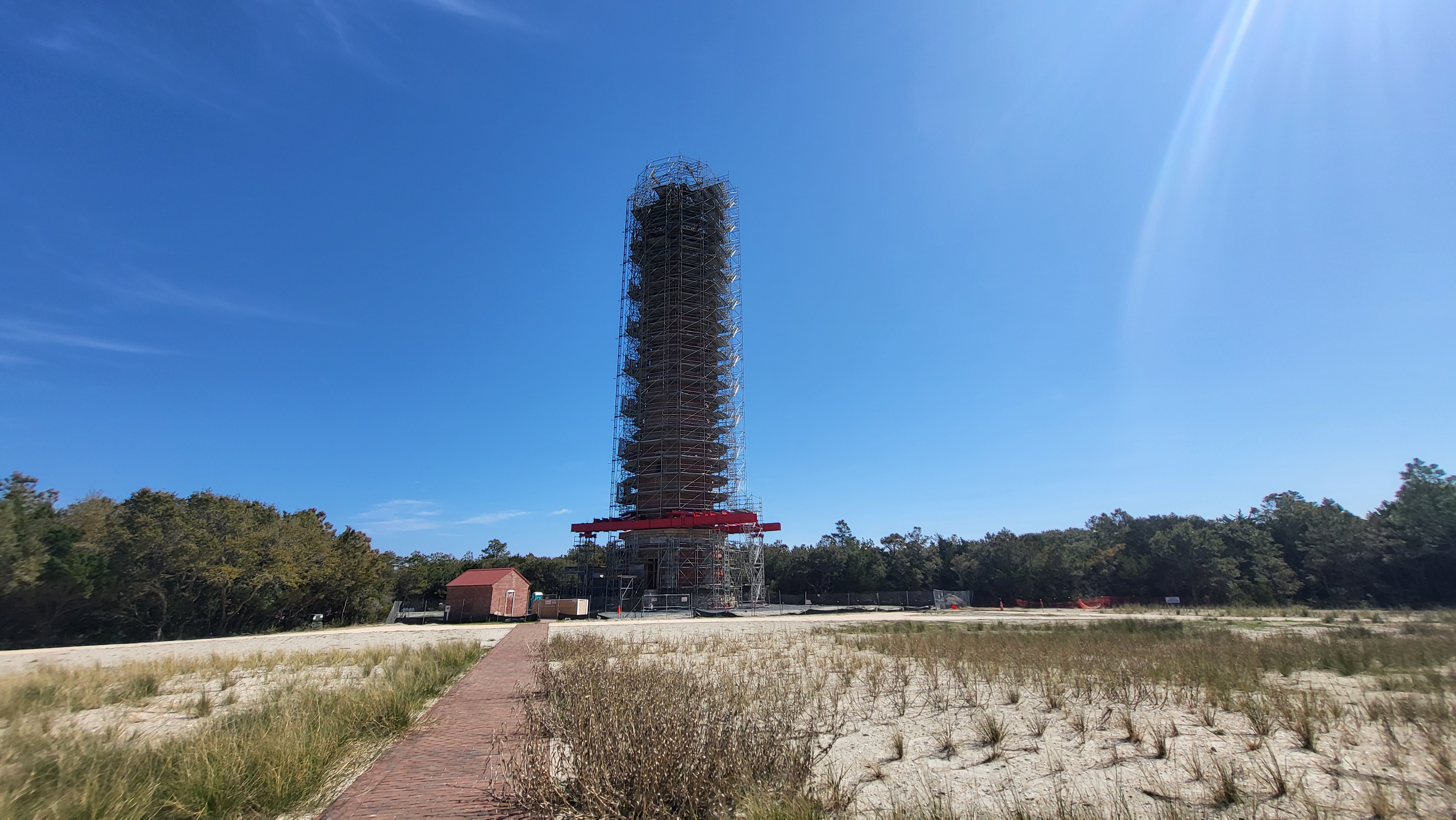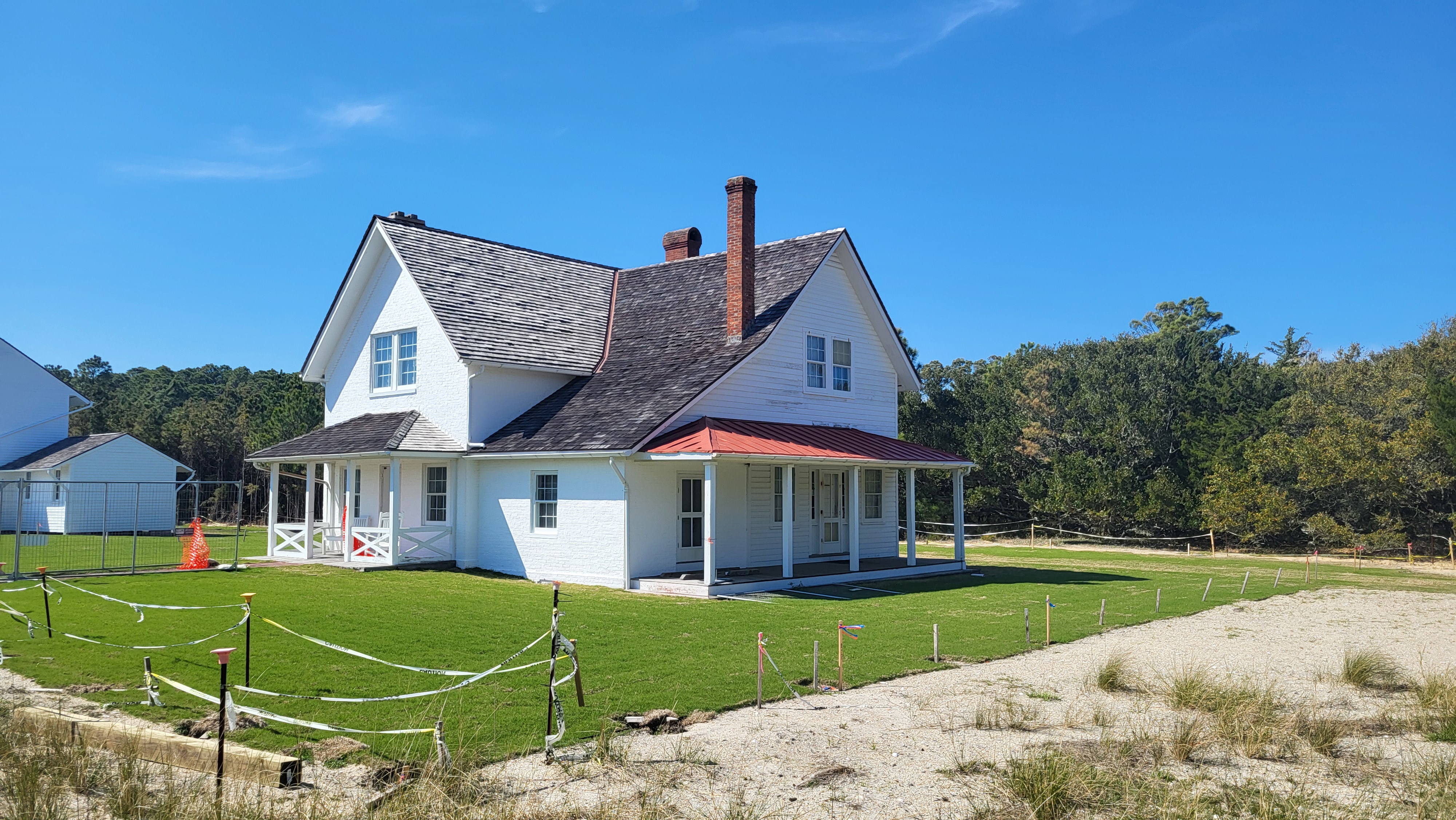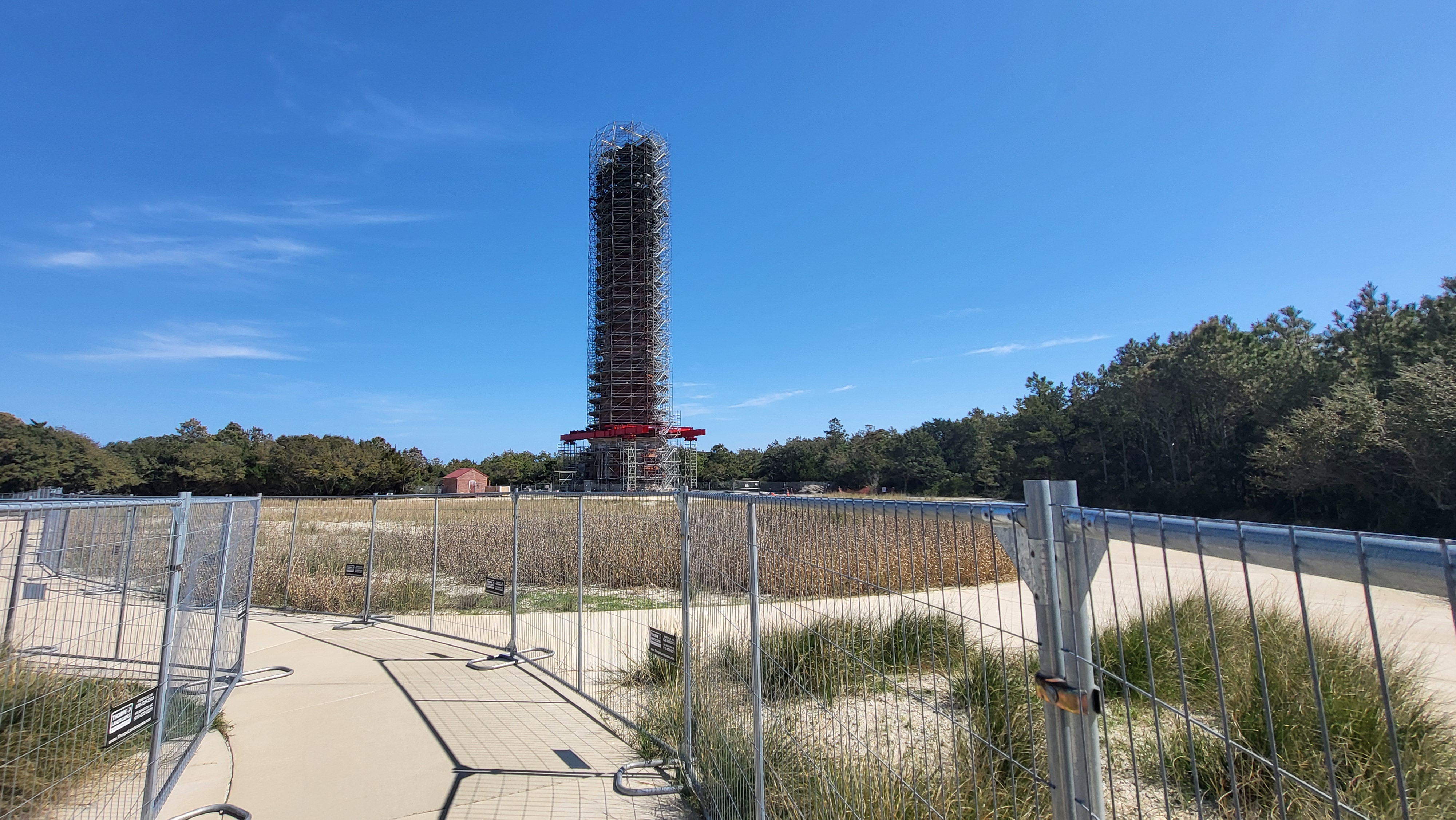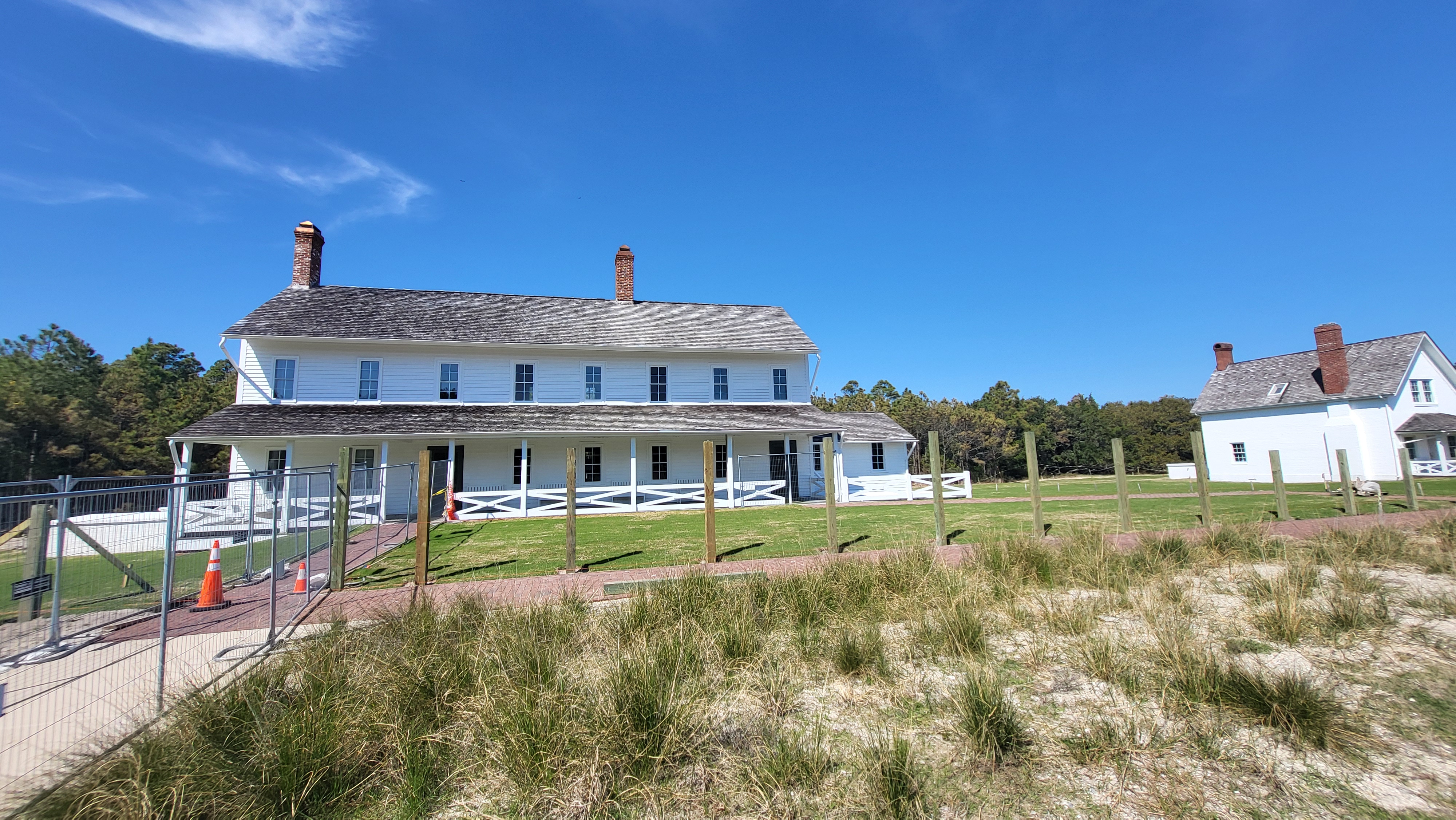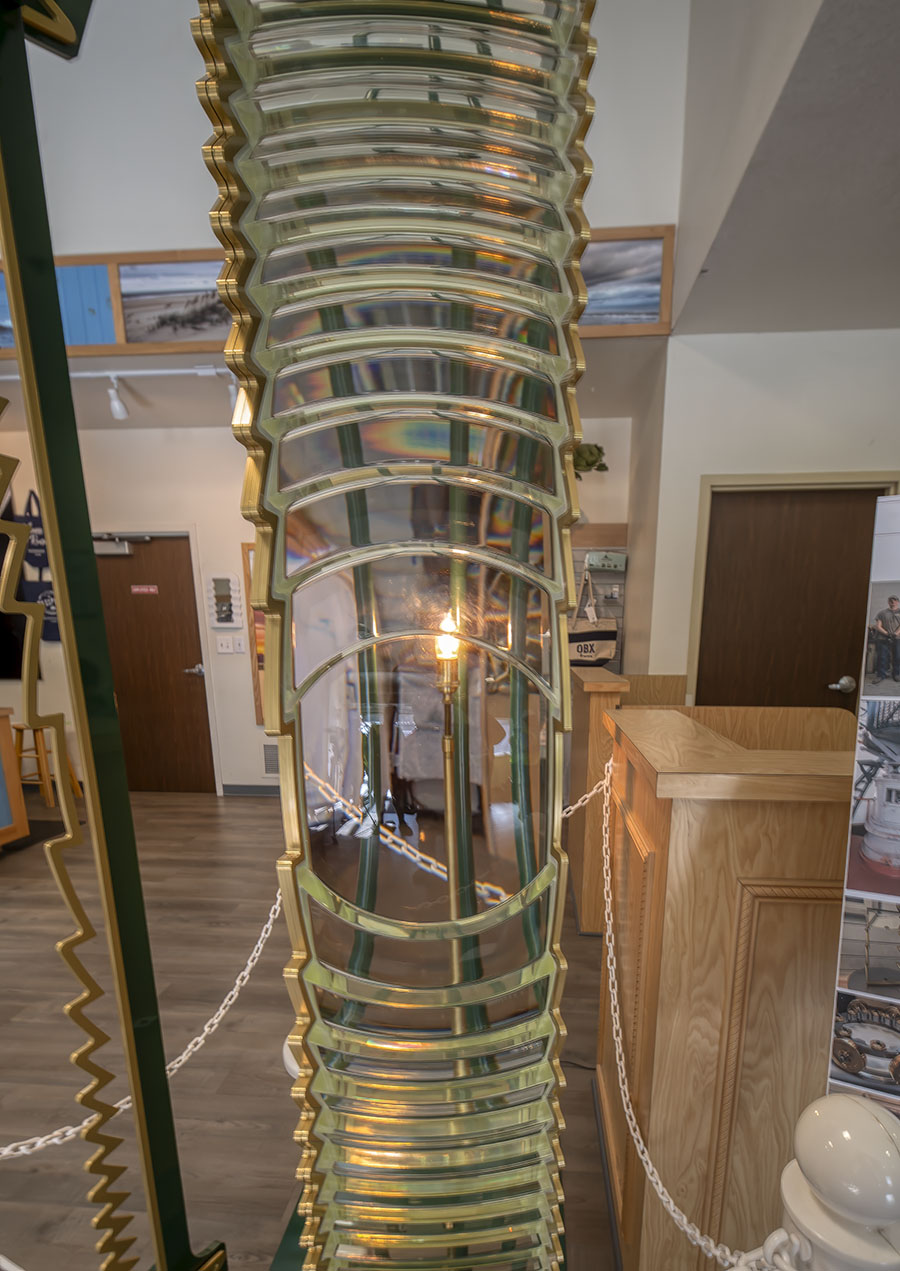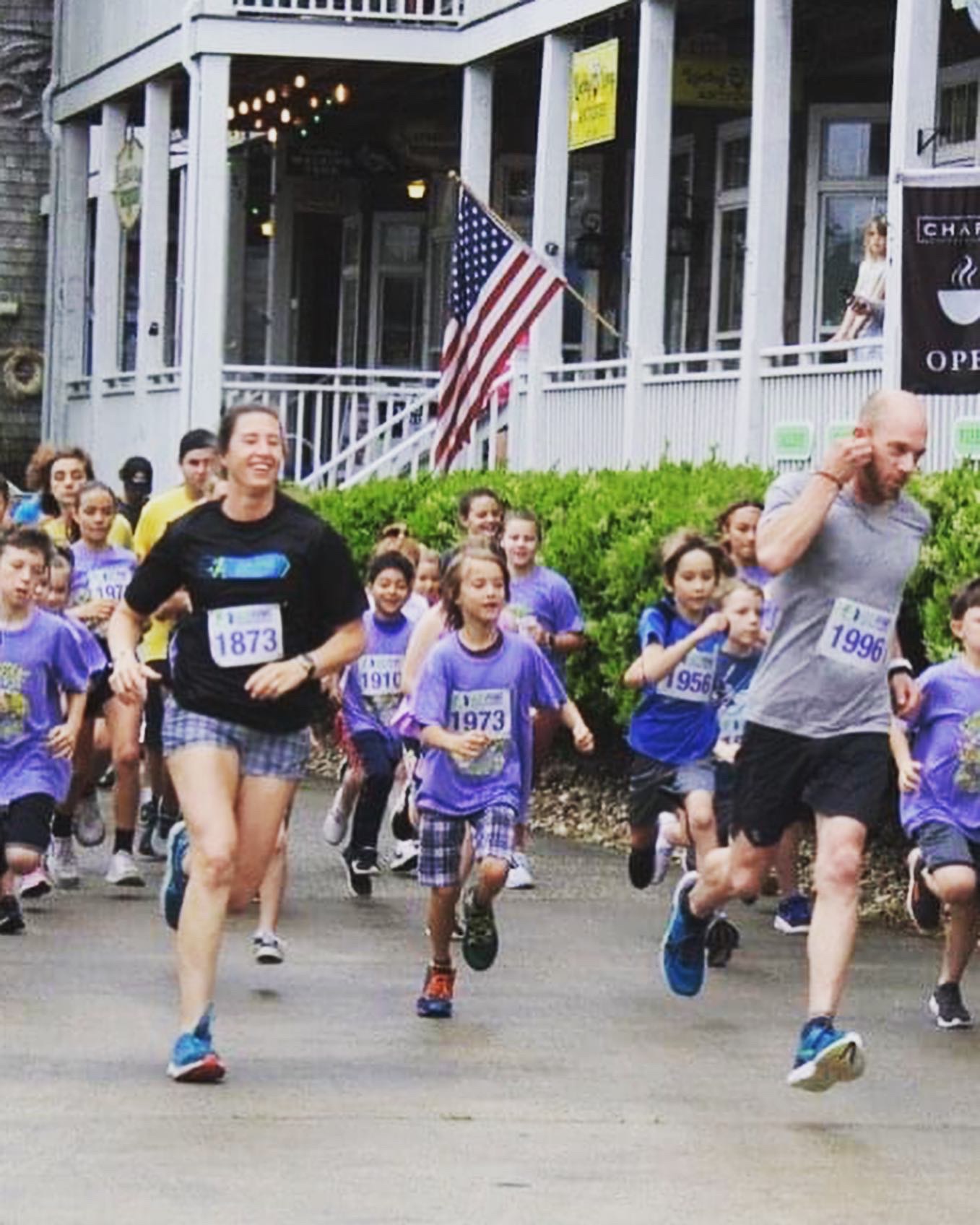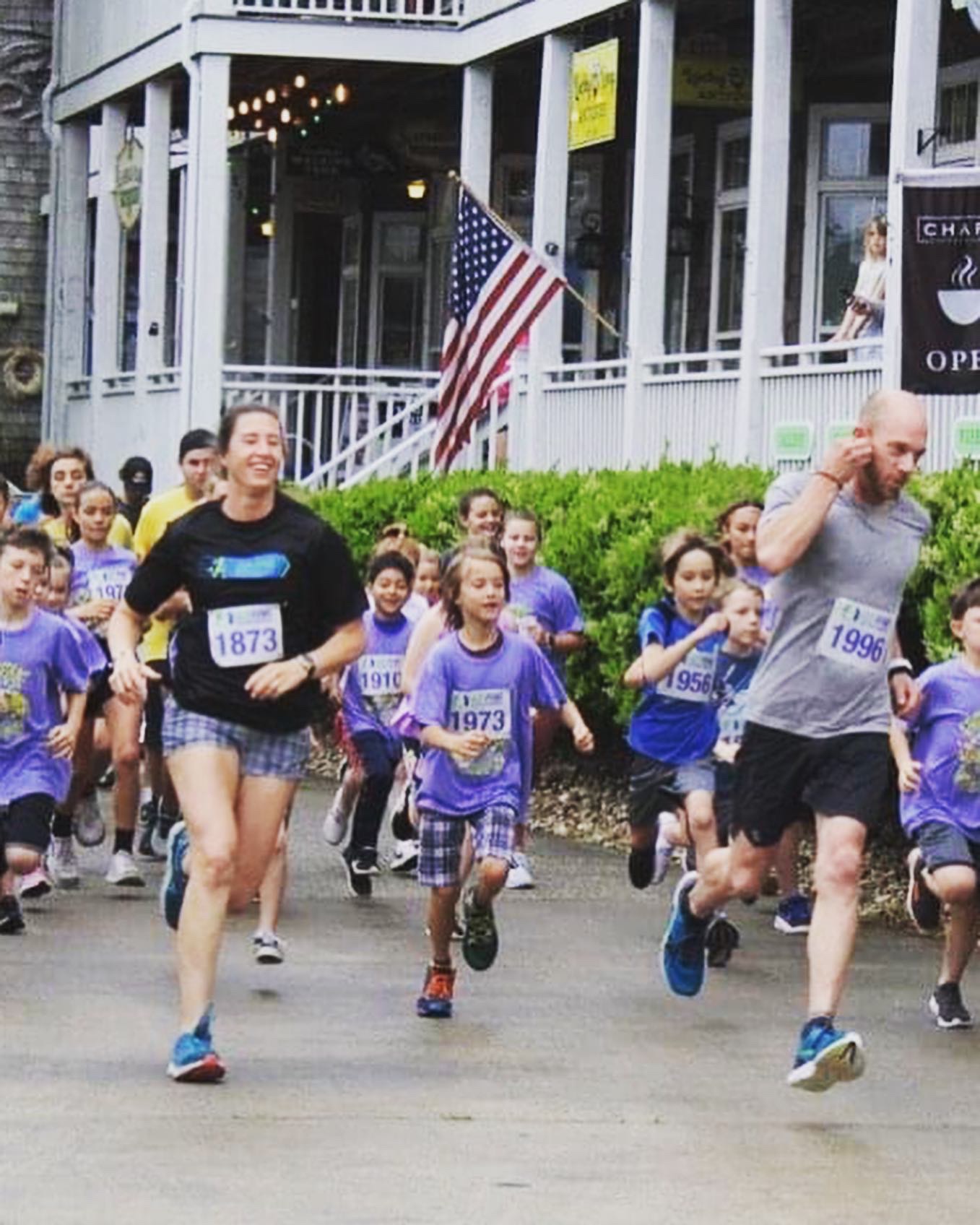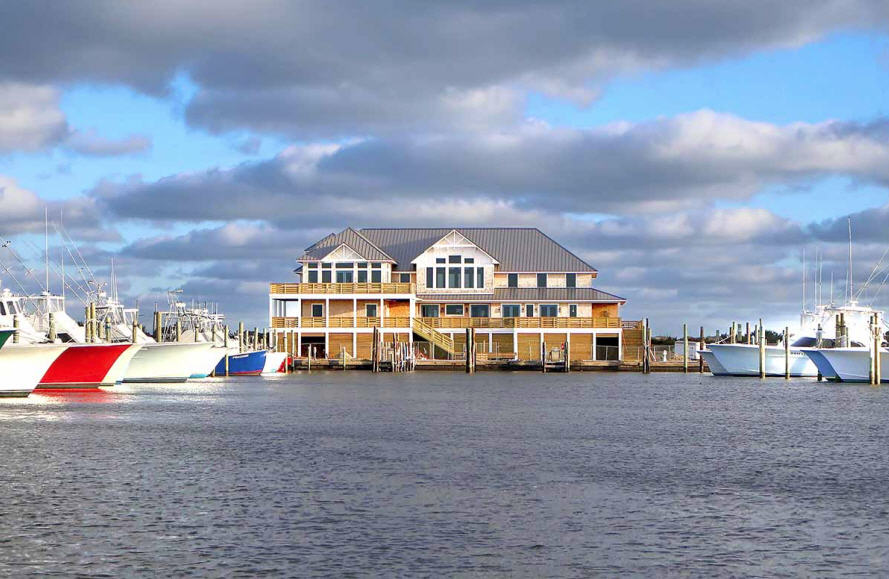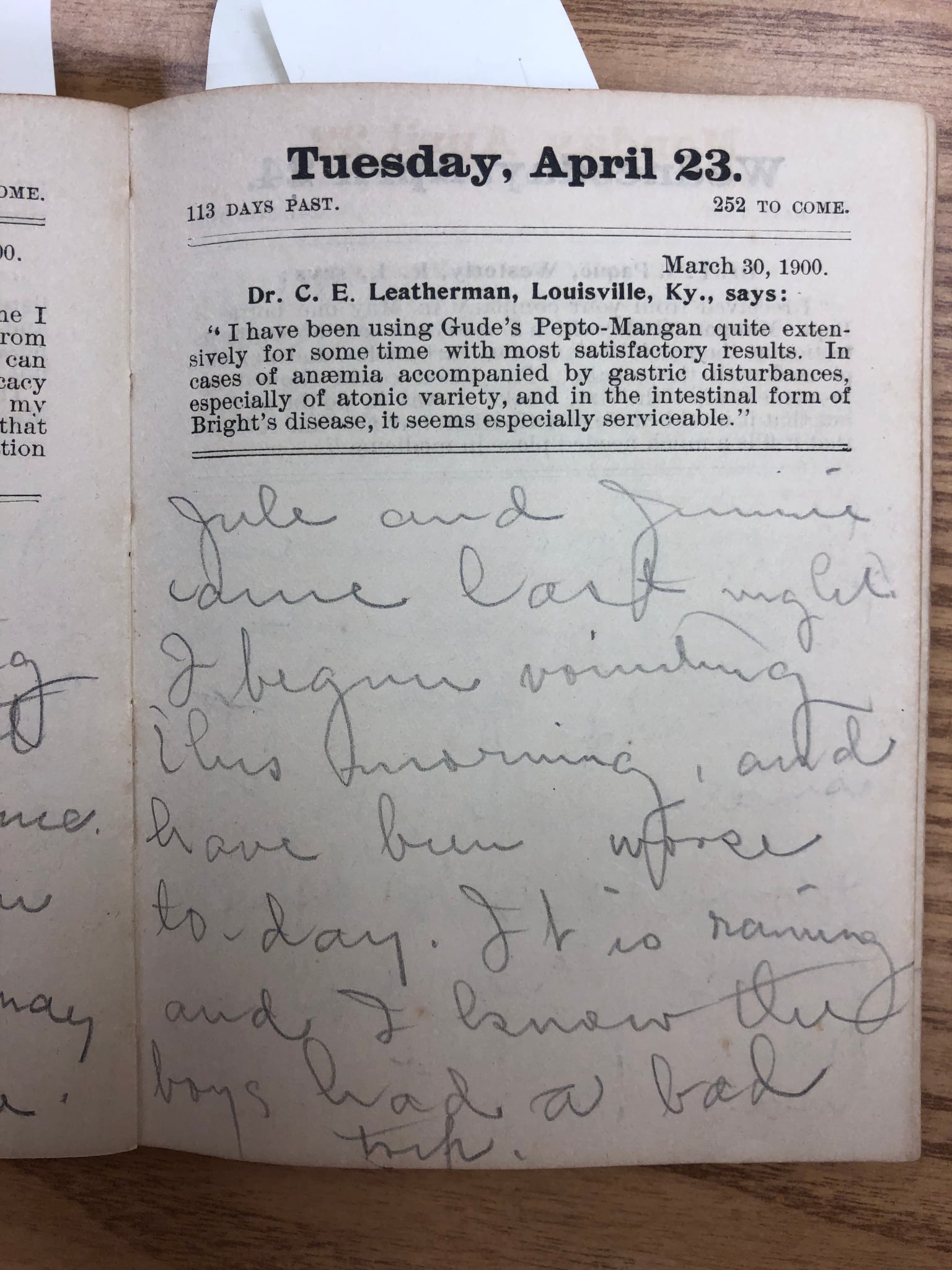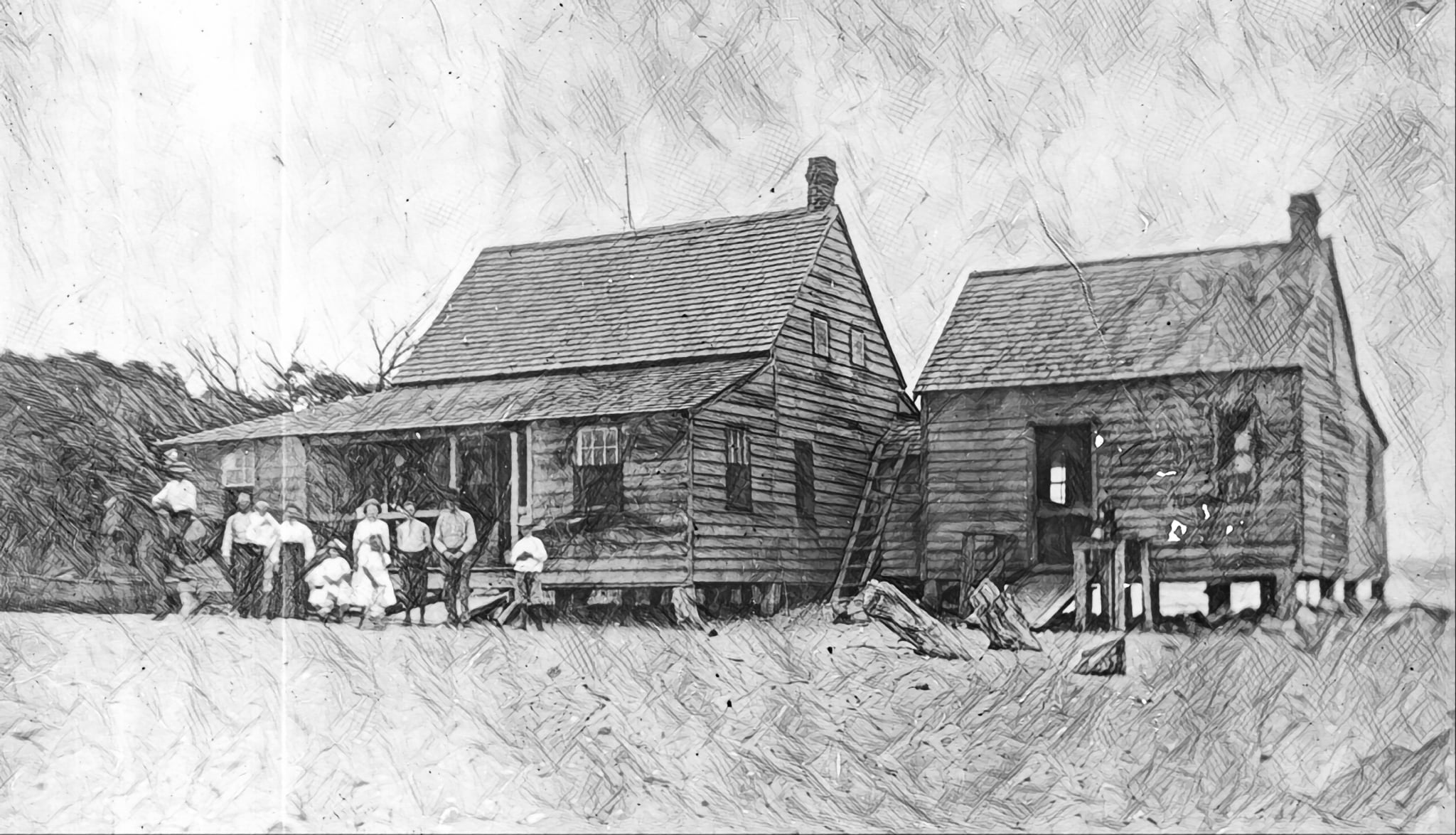Island History: A spotlight on stories from the Outer Banks’ Life-Saving Service
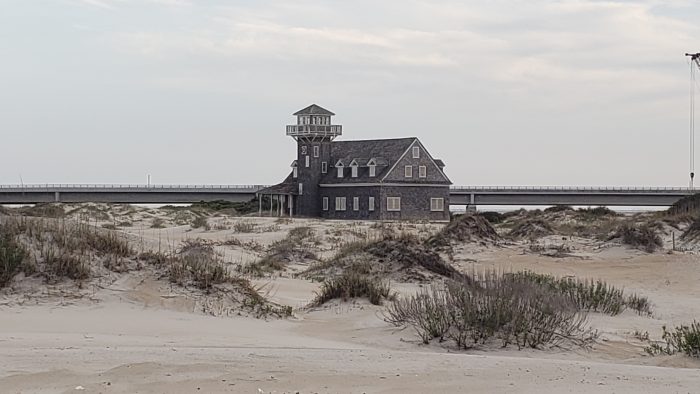
The Chicamacomico Life-Saving Station (CLSS) is celebrating its 150th anniversary this year, as one of the seven original Life-Saving Stations to be built in North Carolina in 1874.
As such, the Chicamacomico Life-Saving Station and Historic Site in Rodanthe will be sharing stories about the seven 1874 Outer Banks stations in the months ahead, leading up to the official October celebration of the United States Life-Saving Stations’ 150th anniversary in the state.
The following is the next of these Life-Saving Station feature articles to honor the #LegacyofLifeSaving, written by Jen Carlson for CLSS.
A Thankful Heart – a historic rescue by the Caffey’s Inlet Life-Saving Station in Duck
Near midnight on November 30, 1885, a patrolman from the Caffey’s Inlet station discovered a vessel stranded about a quarter of a mile northeast of the station.
The night was so dark and stormy that her lights were barely visible, and the fog made it difficult to discern what type of vessel was in distress. Keeper Daniel B. Austin decided to not launch the surf boat due to the dangerous surf and ordered the beach apparatus be taken instead.
Once arriving on scene, the crew saw the vessel was too far out to effectively use a line of communication, but experience led them to believe because the tide was rising the probability was strong that she would be soon driven closer over the outer sand bar.
They resolved to wait until that time before doing anything. During the wait, signals were made a beach fire was built to let the vessel’s crew know help was nearby.
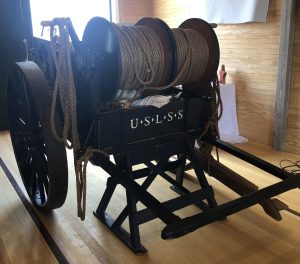
A couple hours later, the vessel was indeed driven into the inner sand bar and now lay about 200 yards from shore.
The Lyle gun was placed into position and the first shot landed on board. The whip line was then sent out but when the hawser was attached, the whip line was found to have entangled with some of the wreckage in the undertow making it practically useless. No matter how they tugged and tried to maneuver it through the block, it was not coming loose.
This challenge proved impossible to overcome in the darkness, so another delay was forced on them as they now had to wait for daylight. By now, the tide was starting to fall, so there was no immediate danger to the bark breaking up for some time.
During their prolonged wait, patrols from the Poyner’s Hill and Paul Gamiel’s Hill stations joined the surfman on the beach. Shortly before daybreak, one of the men returned to the station to telephone the adjacent stations to request assistance, but due to the weather, only the Poyner’s Hill station could be reached.
In the meantime, Keeper Austin had the surfboat and other tools gathered at the beach to meet any emergency that may arise once the rescue was in motion.
Daylight finally broke and a second shot was made. The strong current made the task difficult and tedious, but at long last, the gear was rigged and ready for the rescue. The Poyner’s Hill crew arrived just after the second trip of the breeches buoy and, along with local fishermen, kept the lines from fouling while being drawn through the surf.
Nearly two hours after the first sailor was hauled to shore, the last man reached safety just as the bark fell over almost on her beam ends. While the sailors were taken to the station to be made comfortable, the rescuing party recovered property that washed ashore from the wreckage.
The bark, Harkaway, and her cargo of salt were deemed a total loss. While the captain of the vessel left for Norfolk without delay, the remaining thirteen sailors remained at the station for at least four days.
At his departure, the chief mate, W. Eichler, expressed his gratitude for the judgment and great skill exhibited by the Caffey’s Inlet station keeper and crew because in his opinion, all hands of the Harkaway would have perished in the heavy surf without them.
All in a Day’s Work at the Oregon Inlet Life-Saving Station
Sometimes it’s a balancing act: Early in the morning of January 4, 1884, the south patrol from the Oregon Inlet station discovered a vessel aground within a short distance of the beach.
He burned his Coston signal which was answered by torchlight from the vessel. He alerted the station and a very short time later, Keeper Marcus L. Midgett and the rest of the crew pulled to the side of the stricken schooner, the Mary A. Trainer. Assisted by the Pea Island crew who arrived in their own surfboat, the surfmen ran out an anchor in an effort to get the vessel afloat.


